Frames ready for exhibition I made a frame to prepare for the art show(The night heron watercolor artist) that will be open from tomorrow. First of all, for the exhibition, you need to paste the following information on the frame in the lower right corner. I do this because I can't tell what kind of artist the painting is just by looking at it. 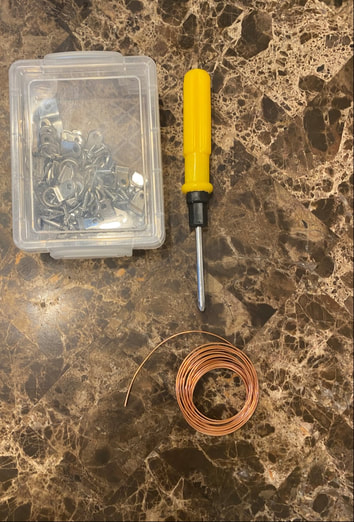 Depending on the picture frame, there are some that are prepared to hang the wire so that it can be hung on the nail, but in most picture frames, you have to attach the wire yourself using the tool shown as the left. All work have 2 rings attached on the back, one on either side (usually no further than 1 1/2′′ to 2 inches down from the top of the piece - use your judgment considering the weight of your work so that the top of you work will not hang far from the wall).  The process of drawing a picture, submitting a work for an exhibition, and selecting a work is not the end. This painting must be well framed and delivered. However, the process of preparing the frame myself is labor intensive, but I like the process of painting, exhibition, frame preparation, and reception. Through this process, painters get a lot of help in showing their work to people and getting evaluation, as well as honing and developing their skills.
0 Comments
Making a frame with a mat Now, to prepare for the watercolor group exhibition to be held from July 1st, I have selected the picture below among the drawings I have drawn. 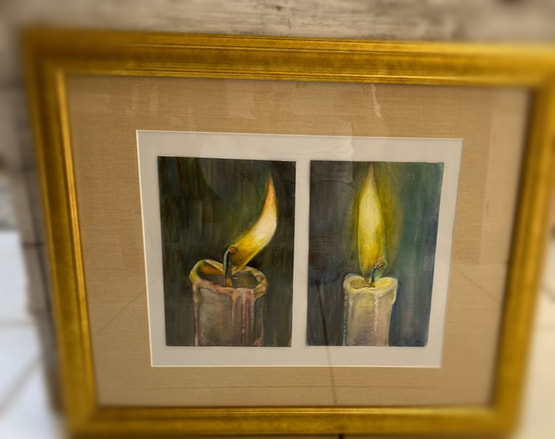 After selecting a picture and putting it in a frame, the full-scale exhibition preparation begins. The mat (“mount” in British English, or passé-partout in French) is a sheet of paper that resides between the image and the frame, creating a field of light or color around the picture. A mat provides multiple functions, both protective and aesthetic. And I put these two pictures in one frame and made a frame like the one above. Adding a mat in the frame has an aesthetic effect, but the mat also serves to protect the painting itself. Inside the sealed frame, the mat protects the picture from moisture, A mat creates space between the artwork and the glass or acrylic in the frame, protecting the painting surface. From the begining, a mat was part of the frame and was made of wood. At the same time, for paper art or book pages, the mat was drawn around the main image right on the top of a piece of paper. It meant to emphasize the importance of an image, as if separating it from the frame and drawing in the eye’s attraction. In this times, the mat has become an art form in itself. There are many opinions about whether to use mats or not. However, in terms of aesthetics and protection of the painting itself, mats play an important role. Reference: https://imageframer.net/articles/history-of-the-mat/
Today, I took out photos of my Bulgaria trip. Looking back, I remember pressing the camera button the most at this time. The beautiful monastery standing alone in the deep mountains was overwhelming with its numerous murals and quiet scenery. The Monastery of Saint Ivan of Rila, better known as Rila Monastery "Sveti Ivan Rilski" is the largest and most famous Eastern Orthodox monastery in Bulgaria. Lila Monastery is located in a valley at an elevation of 1100 m above sea level, its architecture is majestic, has a long history, and has a beautiful artistic atmosphere, making it the most famous historical site in Bulgaria and was registered as a UNESCO World Heritage Site in 1983. Rila Monastery, Bulgaria A World Heritage Site, Rila Monastery is located 60 kilometers south of the Bulgarian capital Sofia and was built in the 10th century with a strict layout like a medieval castle. Rila Monastery is a center of architecture, art, religion, seal sculpting and education. In the heyday of Bulgarian monasteries, there were tens of thousands of people and later there were only a few hundred, but today the Rila Monastery has eight monks. I just caught a monk passing by the monastery on camera. Captured from a distance, but unknown reverence and mystery. The entrance is made of a discreet structure, and the inside looks like an isolated medieval castle. Exquisite murals on the exterior walls depict religious stories that encourage people to punish evil and encourage good. It is considered the most beautiful monastery in Bulgaria. Early Byzantine architecture, the black and white stripes are very distinctive. Because the entire monastery was built near a creek deep in the mountains, I still vividly remember hearing the sound of the babbling brook and many birdsong. When you look at the murals inside the monastery along with the sound of nature that sounds like a bell, you will feel as if you are in a fairy village. There is an artist from Bulgaria who perfected the mystical and pious values of the monastery in miniature form. Bulgarian artist Plamen Ignatov spent a great deal of 16 years creating an impressive miniature model of the Rila Monastery using many matches. Made of wood, matches and precious stones, these artifacts are now on display at the Archaeological Museum in Sofia, Bulgaria.
Kraków, Zakopane in Poland During the 8 years I lived in Germany, I was fortunate enough to have had many opportunities to travel. As the travel route was blocked for a long time due to the Covid-19 , I was suddenly summoned to the time when I had traveled freely without any restriction in the past. It was ordinary but precious daily life. Now, it has become a memory that doesn't look like a photograph, but I believe that because of these times, I must have become an artist in search of the beauty and meaning of our life. Starting today, I decided to take out my previous travel photos little by little. I have always felt that living in Europe has a large square in the city, an old church in the square, and a flower market around the church. There is a fountain in front of the city hall, carriages for tourists, and various large and small street performances are held. Outdoor cafes with beautiful flower decorations are common on the street. Below is a small cathedral taken in Zakopane. It's a small Catholic church, but it caught my eye at the time. I later drew this church and gave it to a friend. 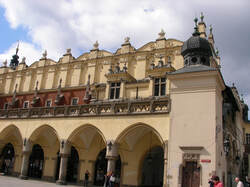 The photos I am posting now aren't going to look like reviews from commercial travel sites. It is simply a recall of memories, ignoring the constant flow of time and place logically. Are there times when we do too? Suddenly, unorganized thoughts pop up, but sometimes it gives me a sense of stability. When we travel to an unfamiliar but beautiful country, we press hard on the camera's shutter whenever we meet a great scenery. And time goes by. All that remains is a photo. However, this too often exceeds the capacity. We live with so much visual data in our minds and in our heads, above all else, in one space on the Internet. Is travel a continuation of storing photos like this? Those who truly know travel know all too well that this is not the case. When I travel, a memorable and iconic scene remains in my mind. So did I in Poland. I still can't forget the beautiful white-haired old woman who was selling cotton candy in the big square. She was very warm and had beautiful blue eyes. I think she was probably representing Poland, not cotton candy, but warm kindness and love. I still think of her when I say Poland. When I go to an unfamiliar country, I come in contact with a culture, life, and landscape that is different from the environment I used to live in. It is like a child trying to enter with curiosity in front of a large, beautiful but tightly closed door. Why did I photograph this scene? There are times when I don't understand when I look at the last picture. However, as time goes by, I come to realize that these everyday photos are very precious, rather than a special and glamorous tourist destination. I miss Europe so much. I want to ride the colorful tram that passes between the densely lined buildings and houses. While living in the US for the same amount of time as in Germany, I also meet friends who have lived in Europe for a long time. At such times, the same nostalgia that everyone talks about is the outdoor cafe. In the United States, there are not many places where you can walk freely while looking at the streets without a car, so this place is the biggest disappointment.
|
Myungja Anna KohArtist Categories
All
Archives
July 2024
|
Proudly powered by Weebly

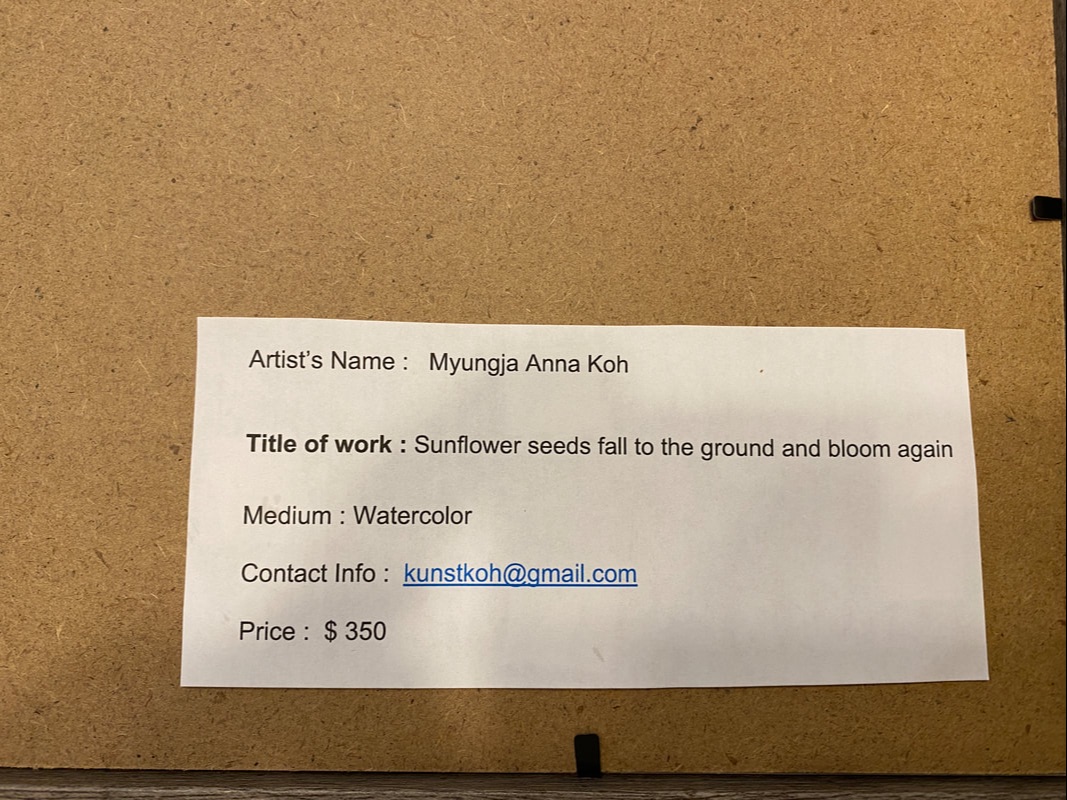
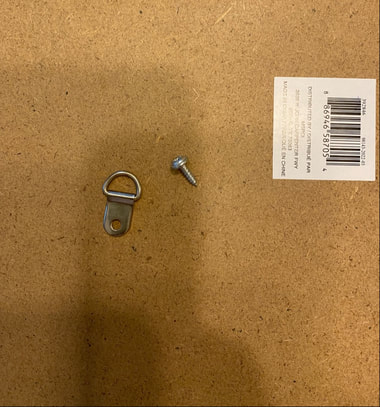
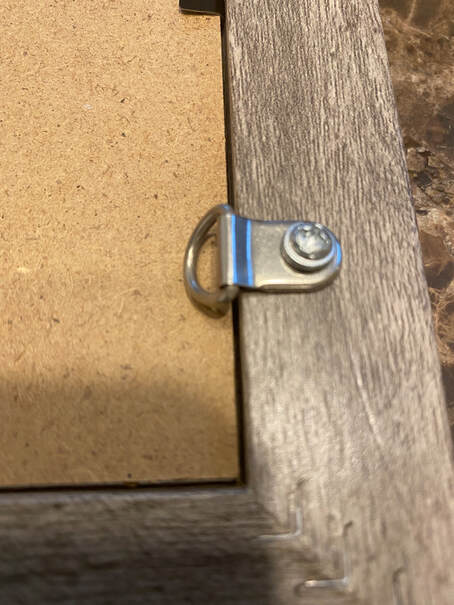
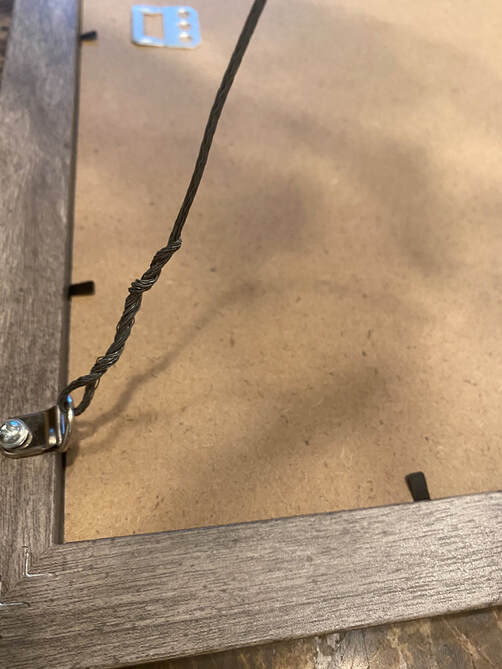
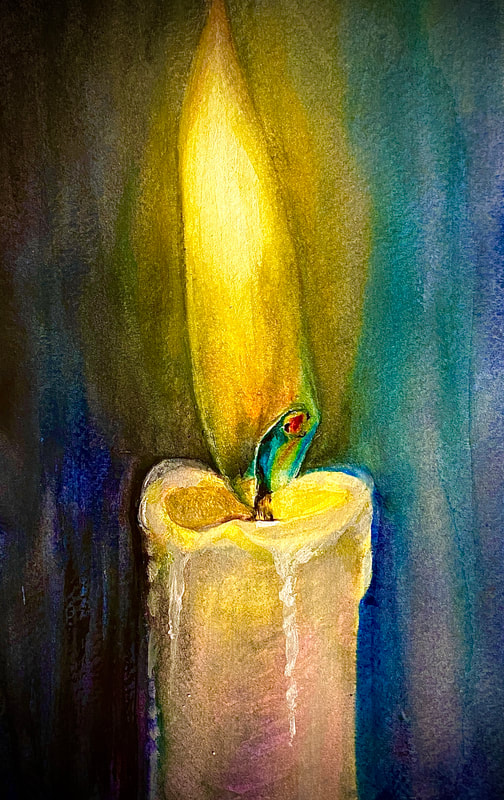

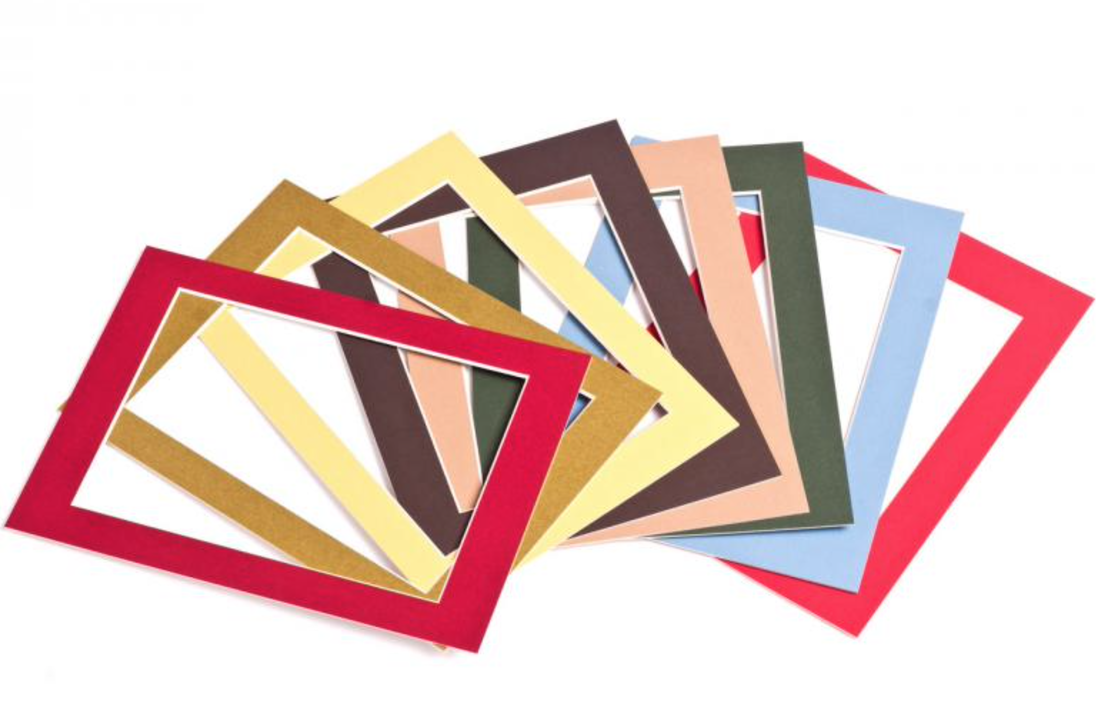







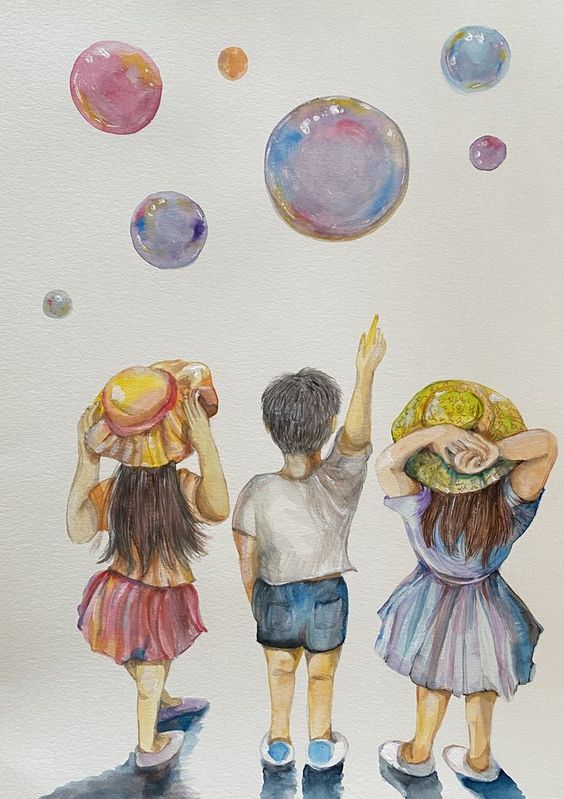





























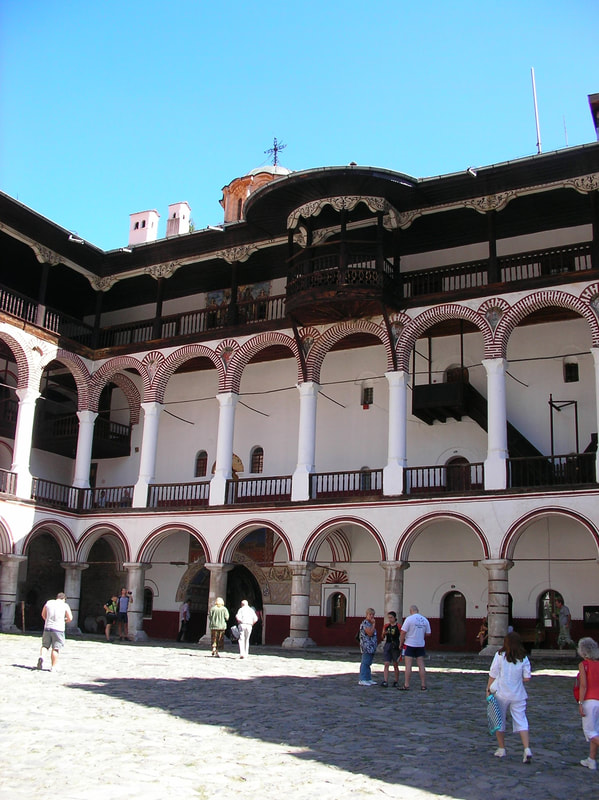
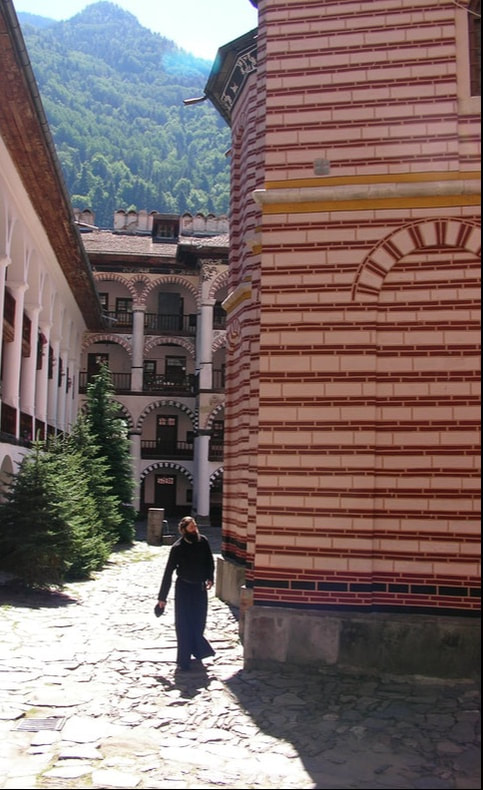
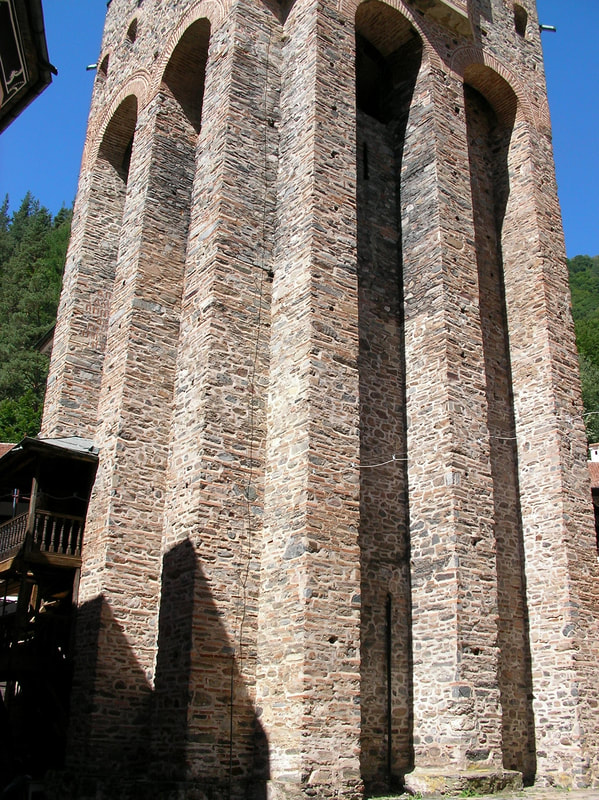
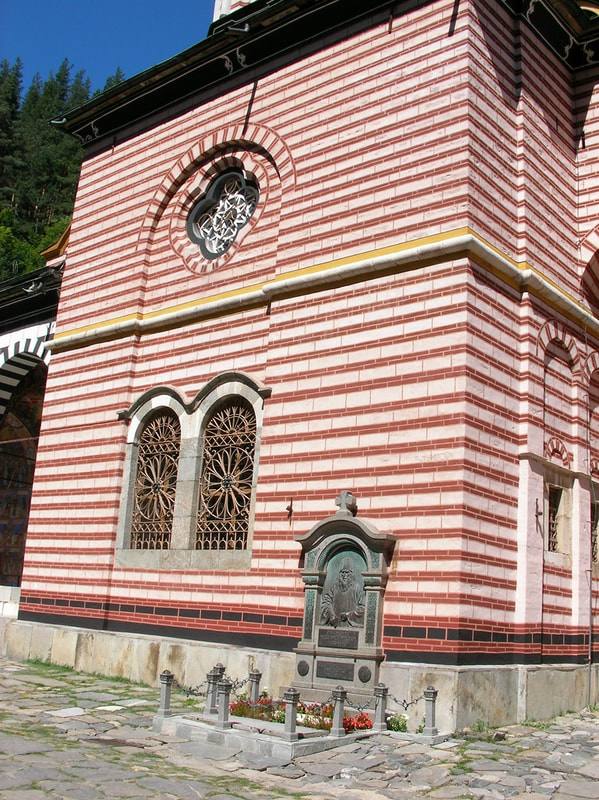
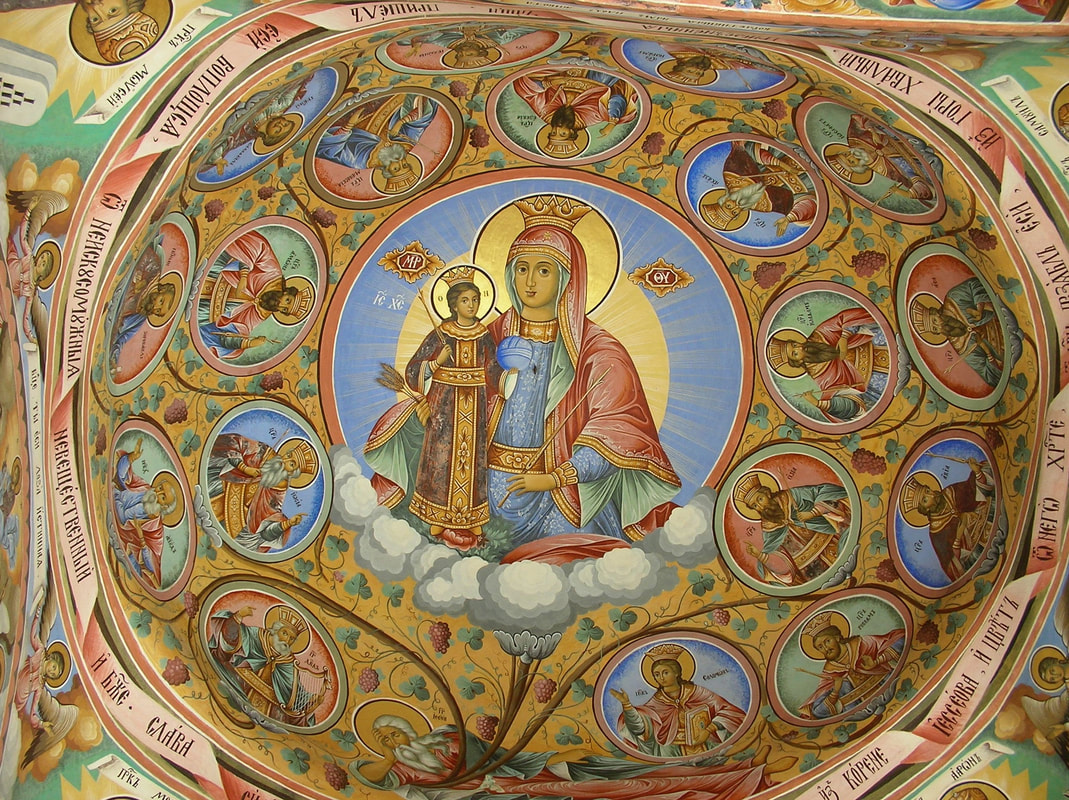
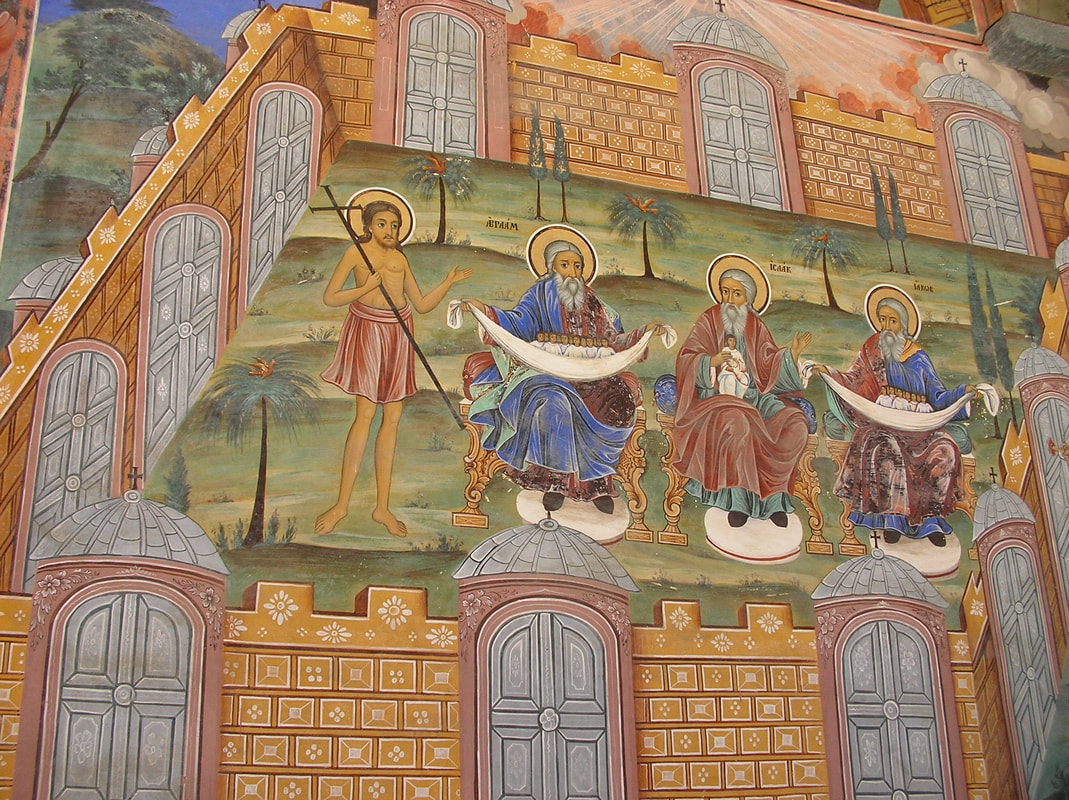

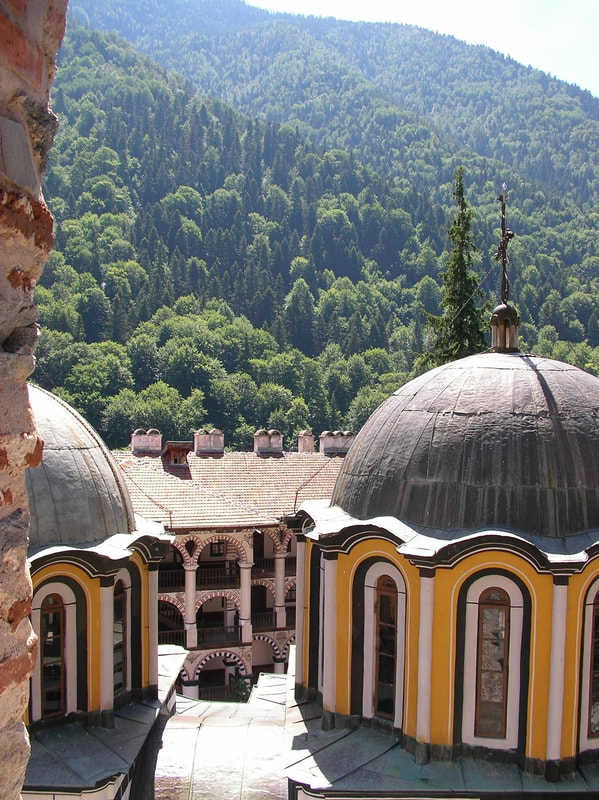
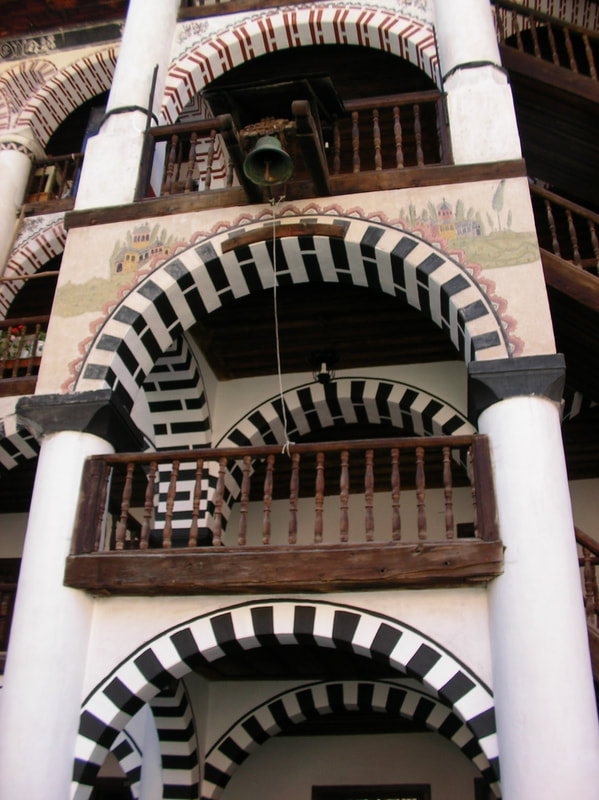
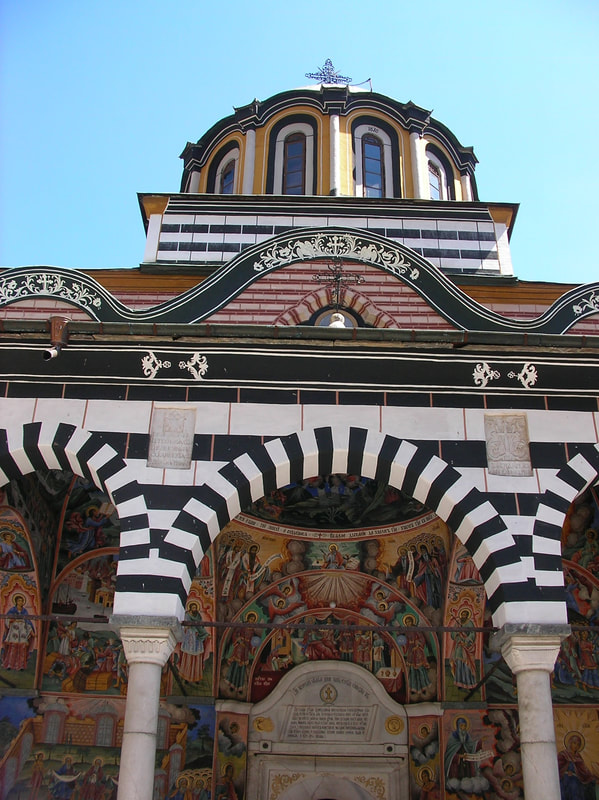
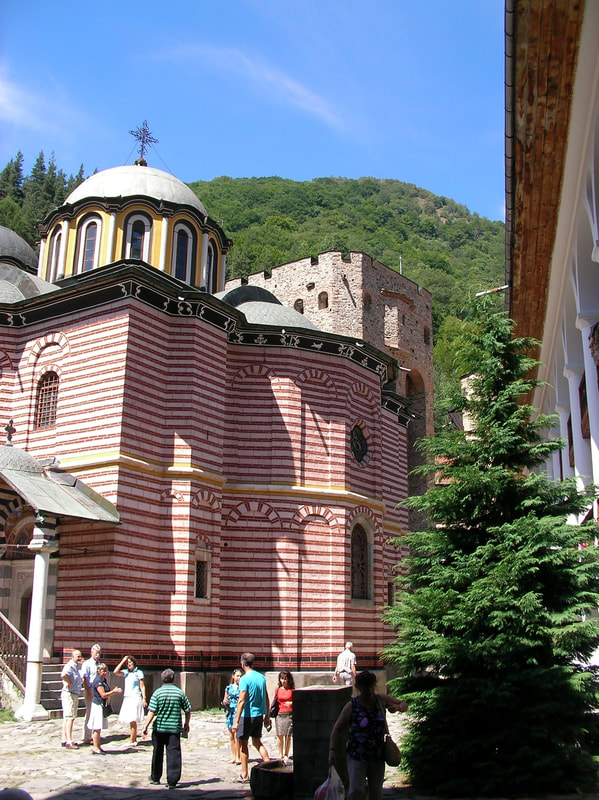
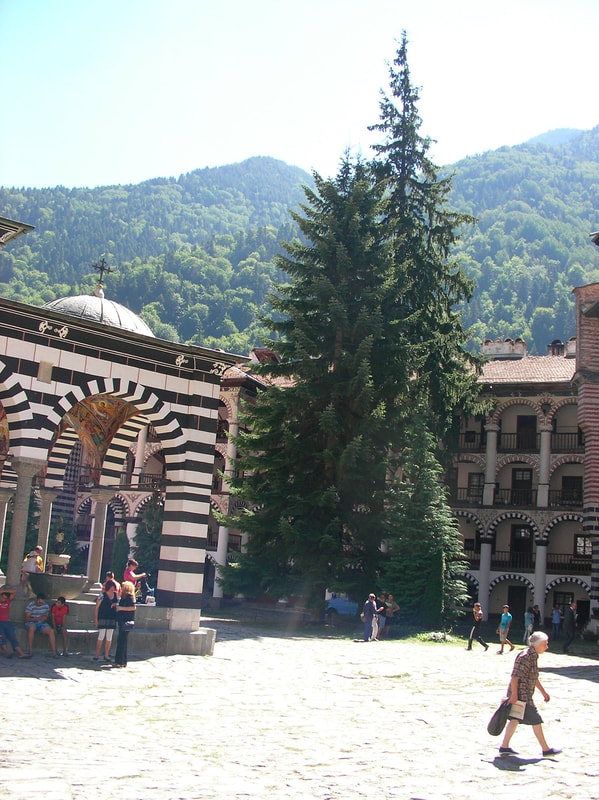
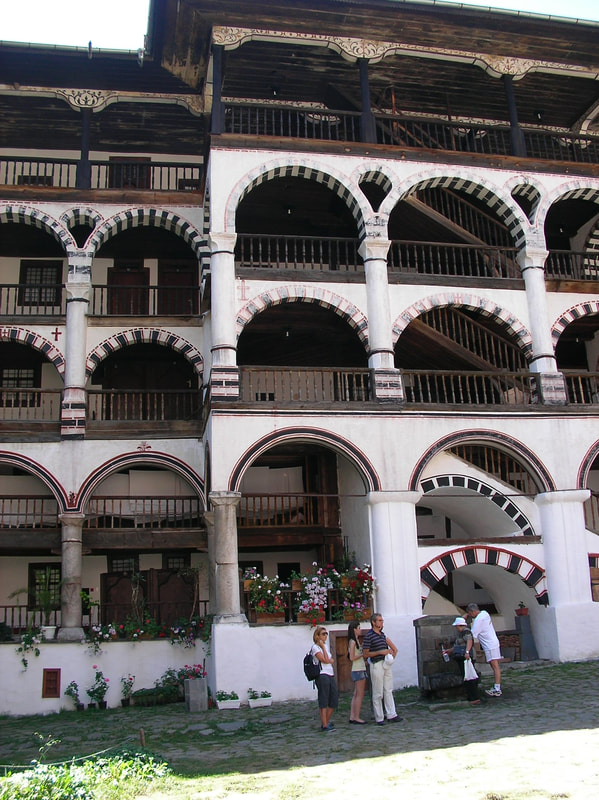
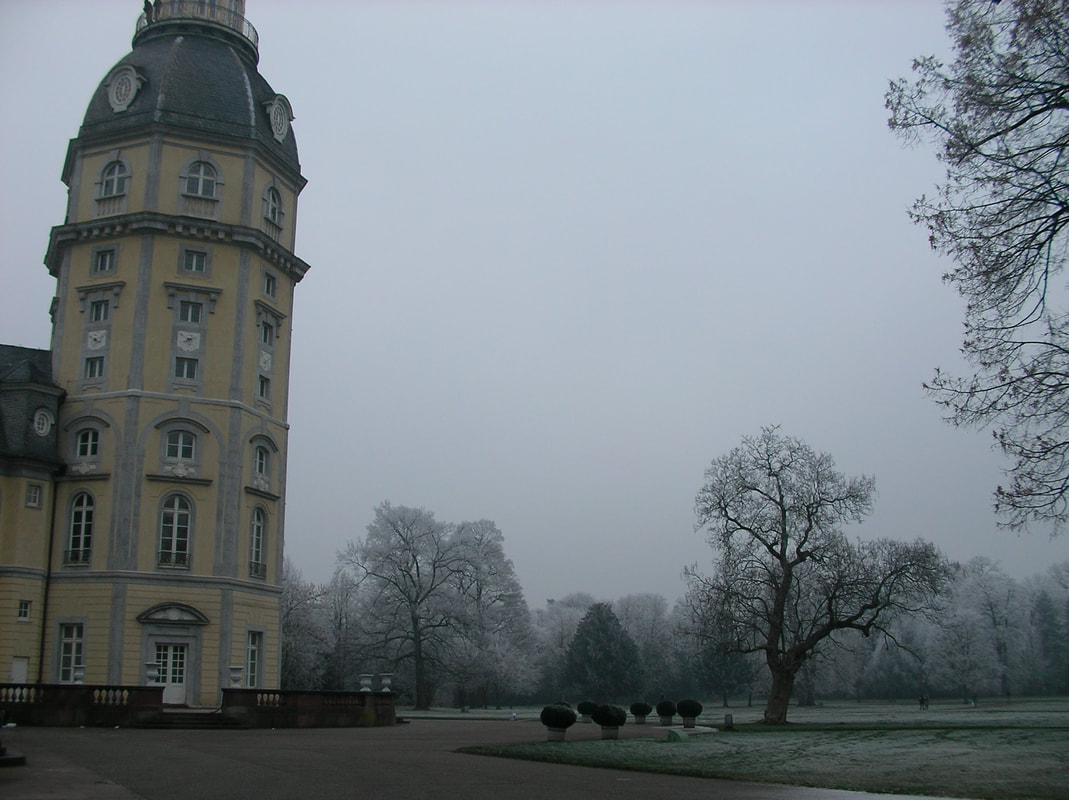
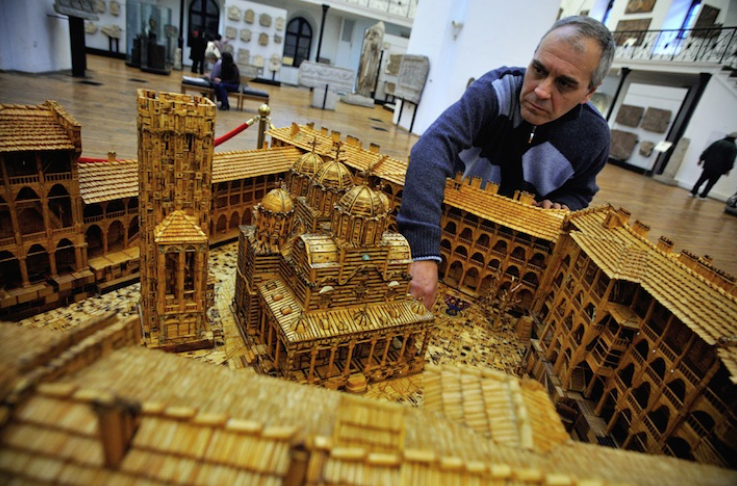
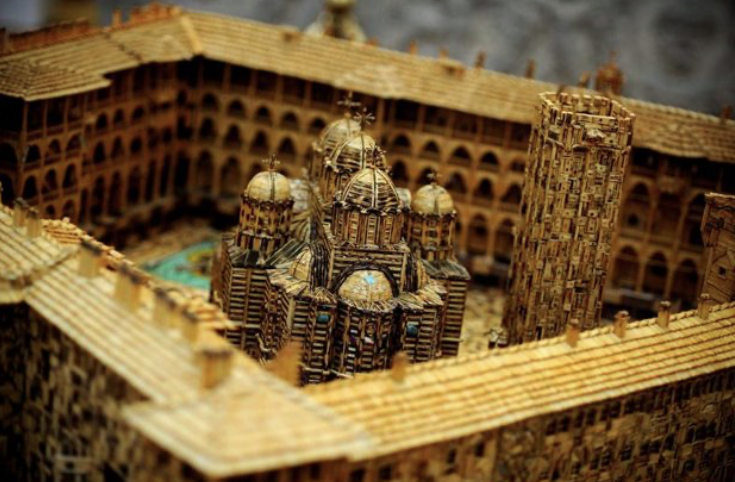
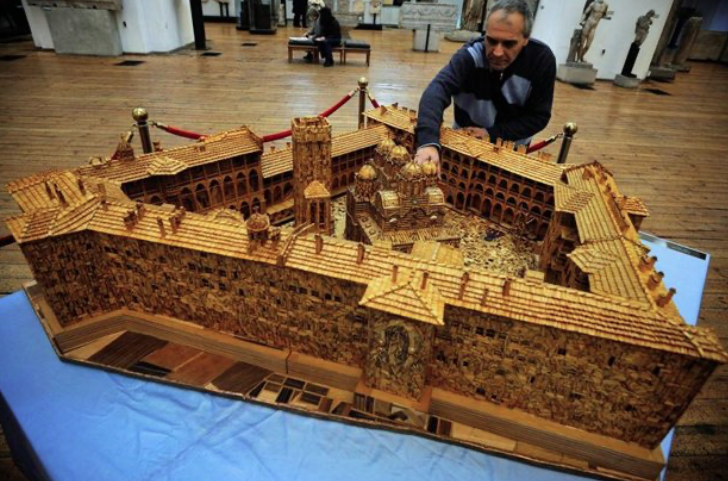
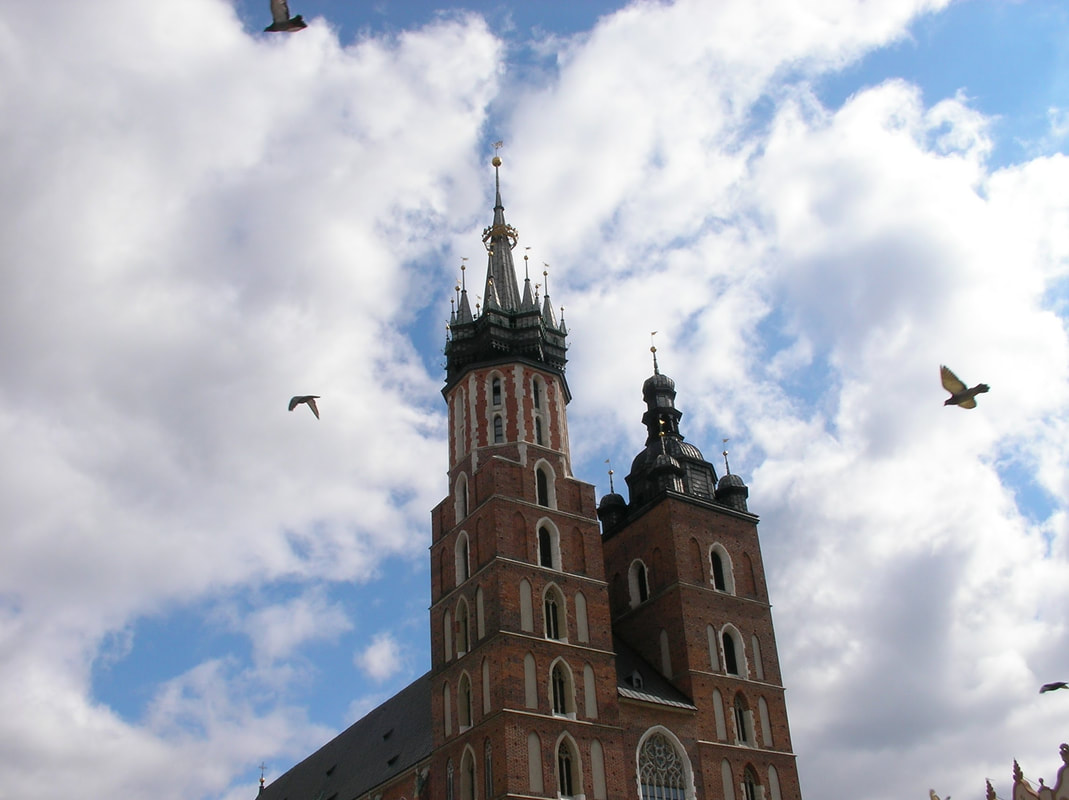
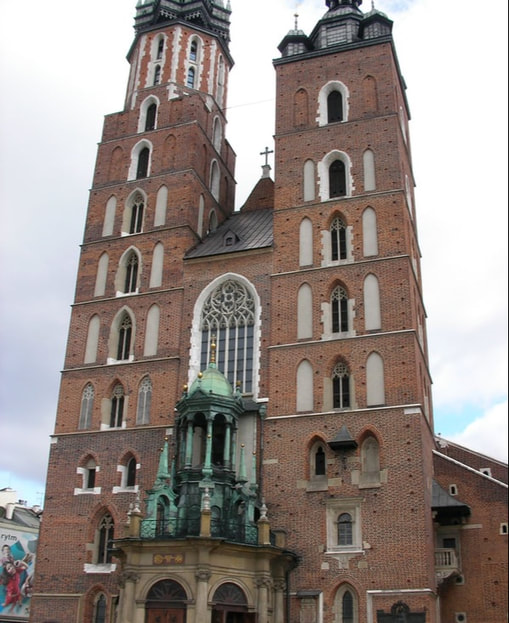
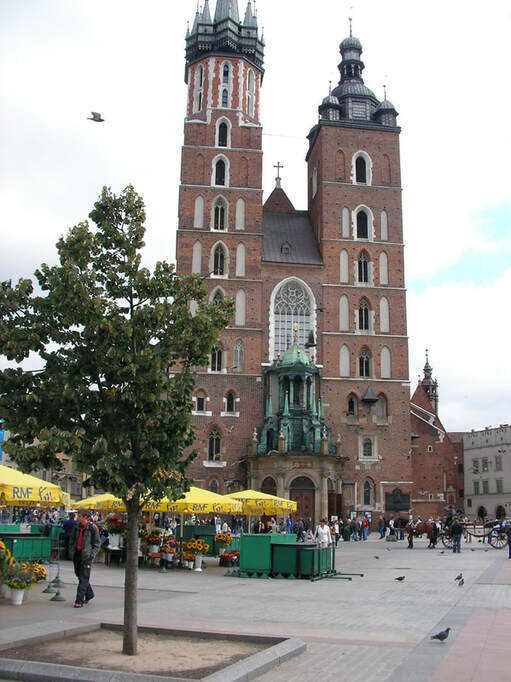
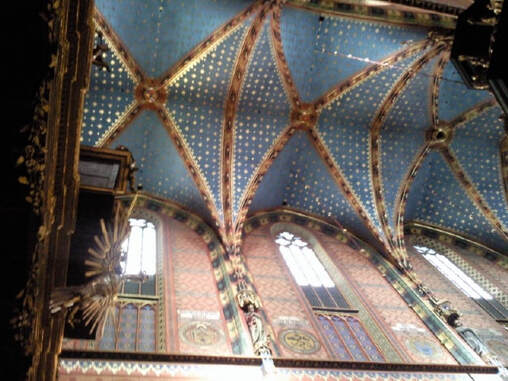
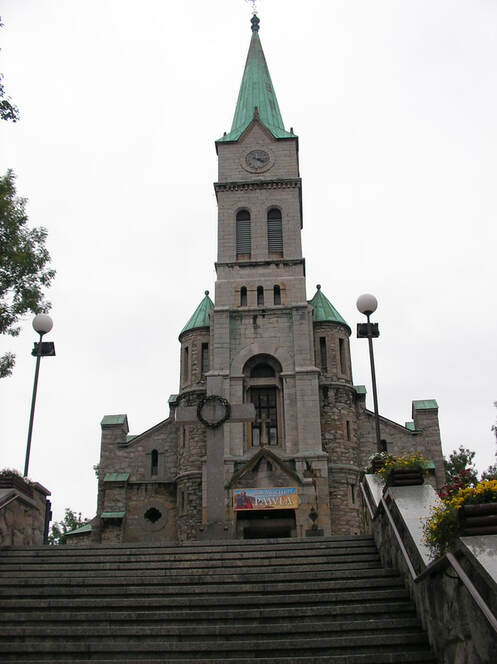
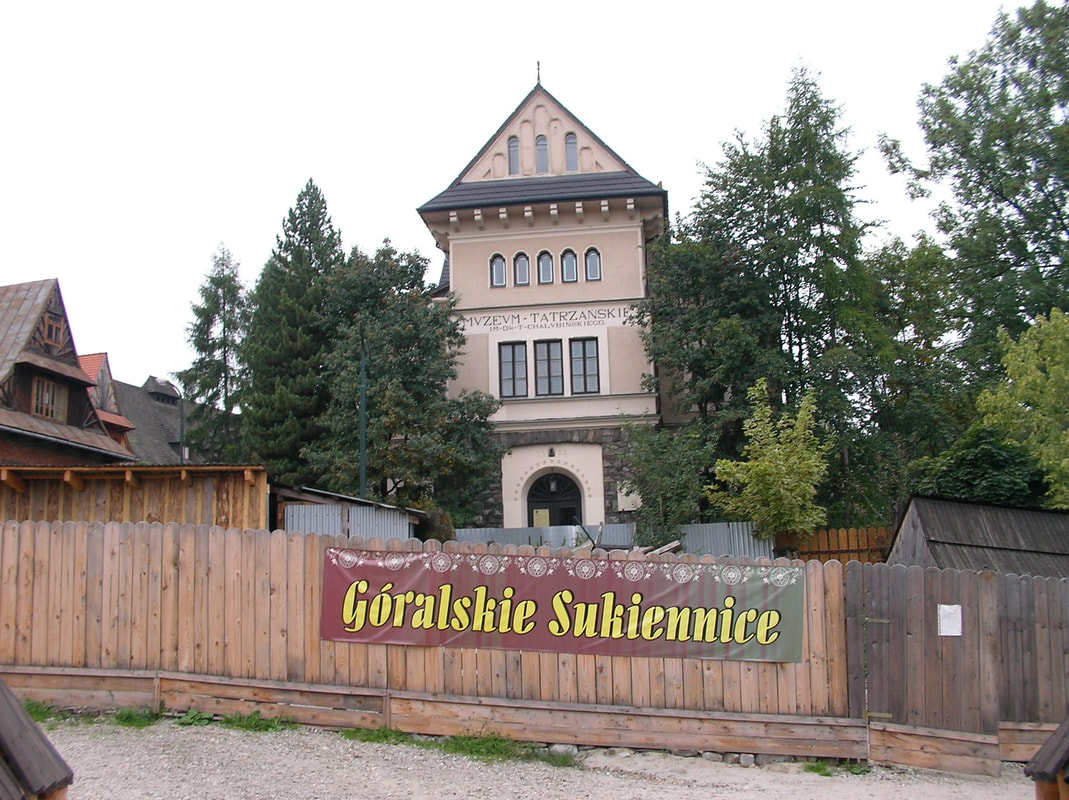
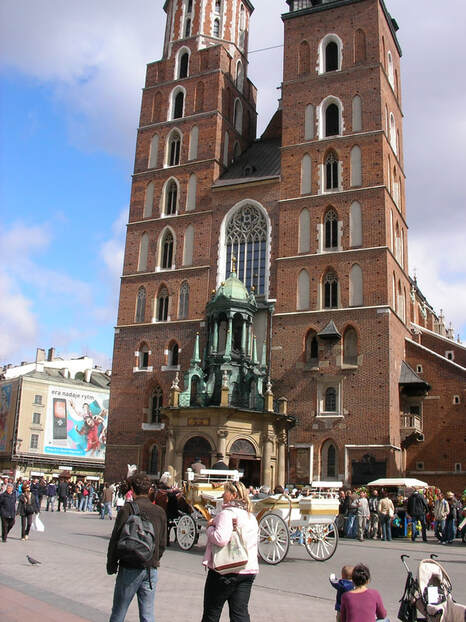
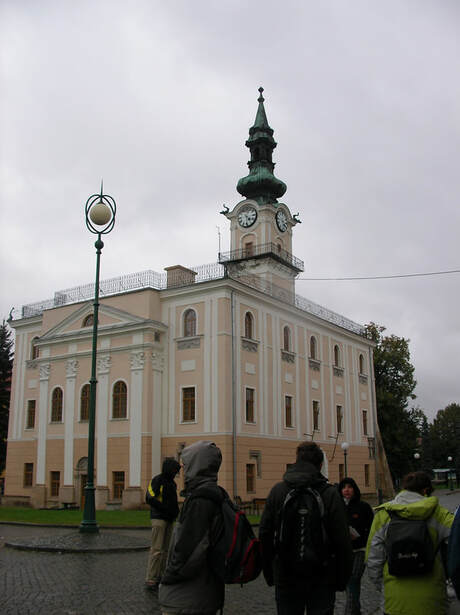
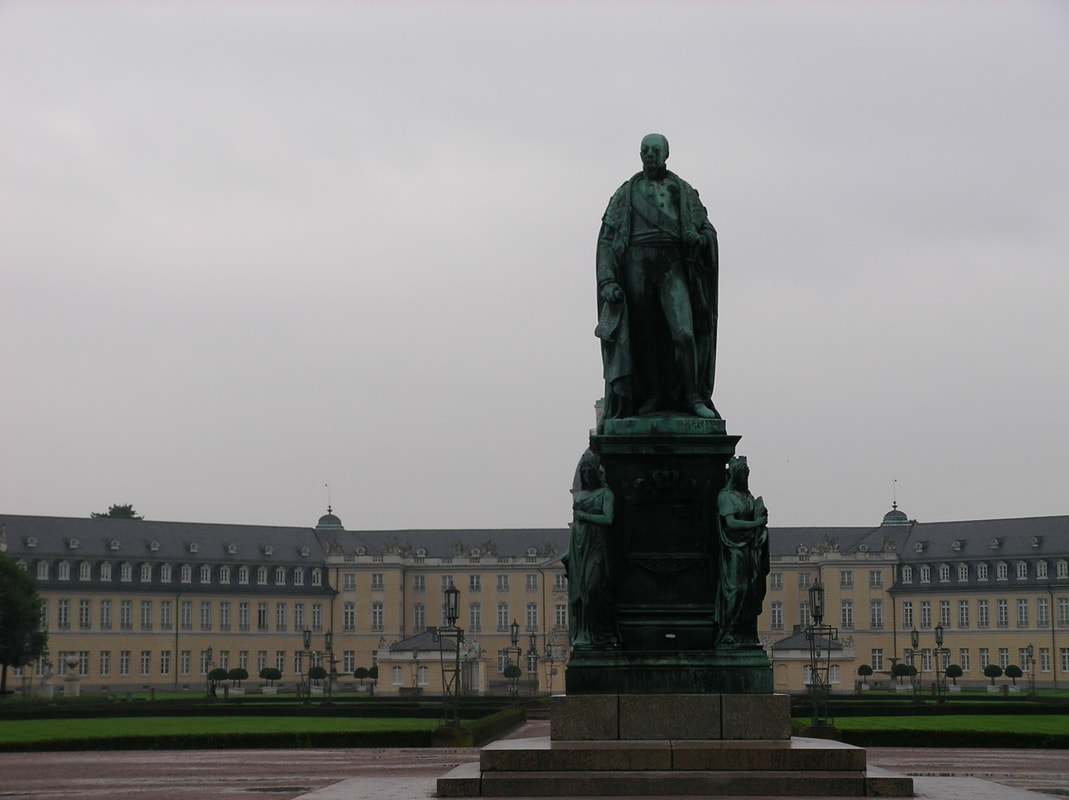
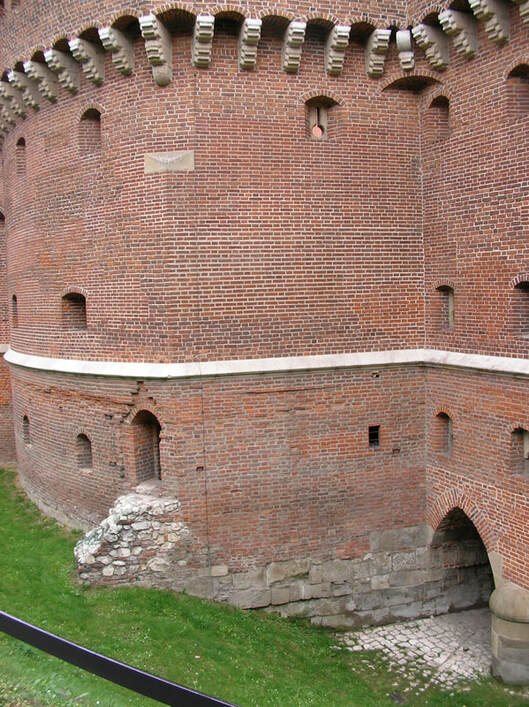
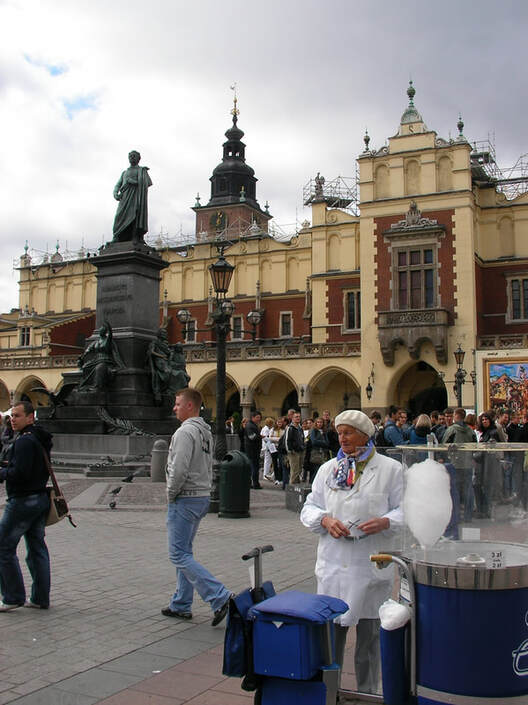
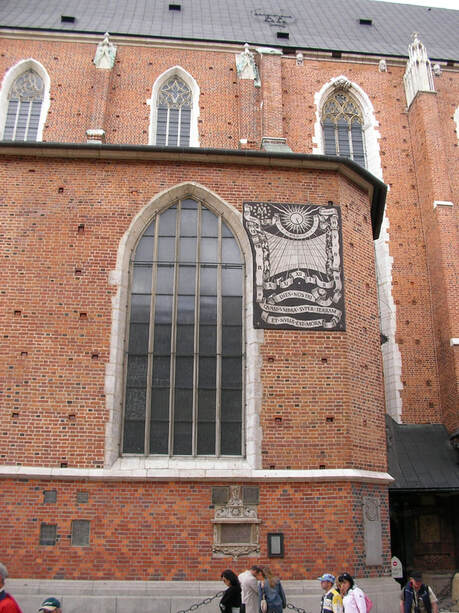
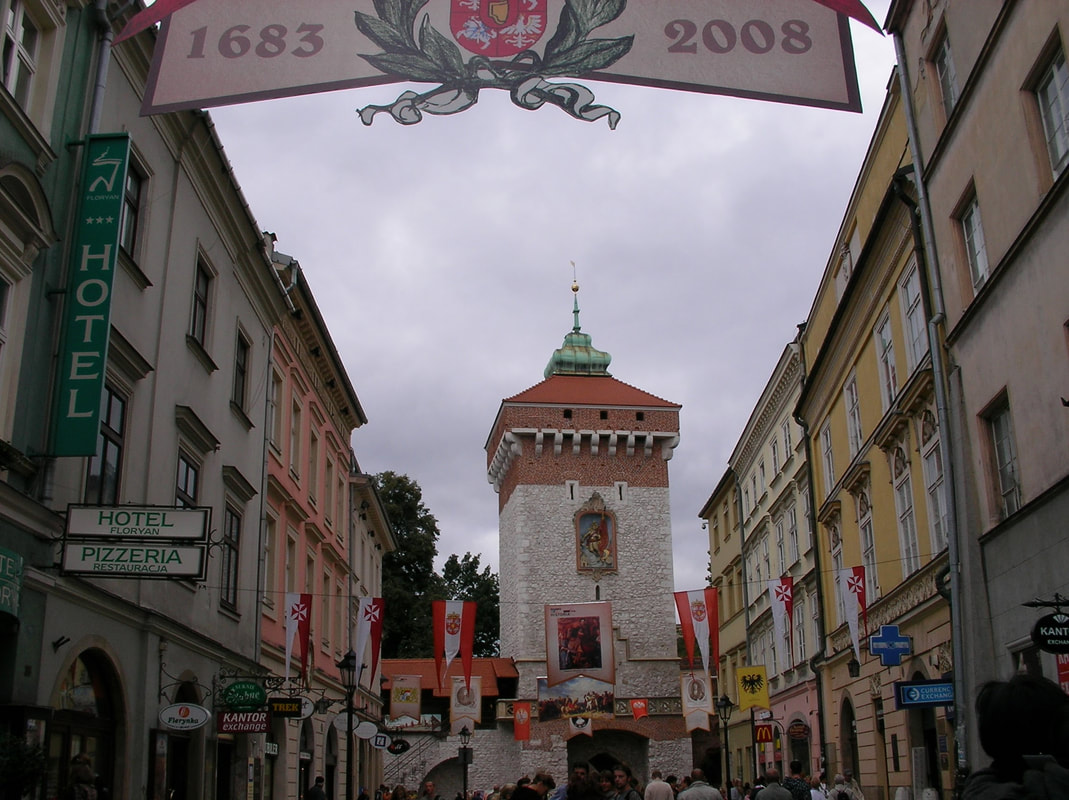

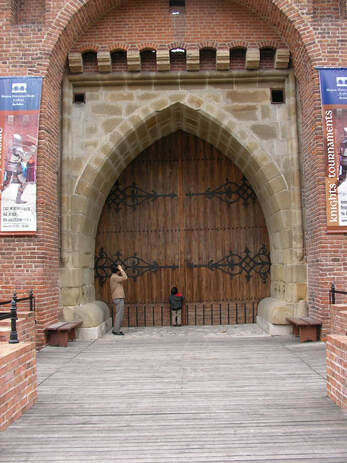
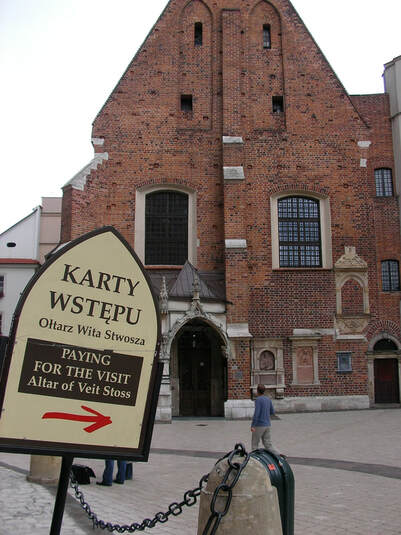
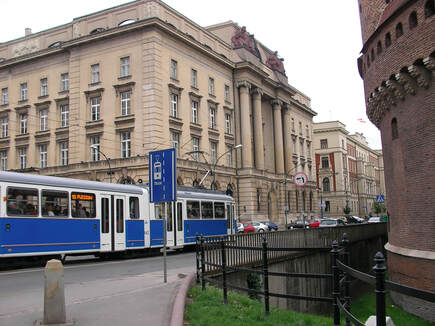
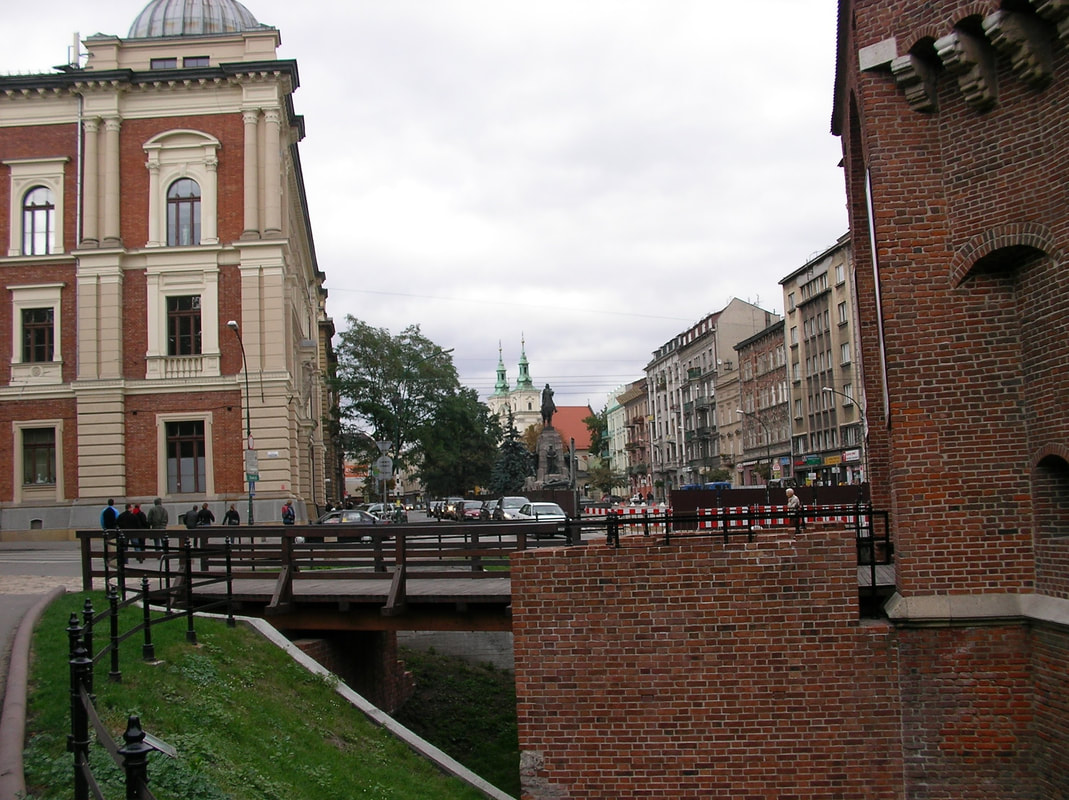
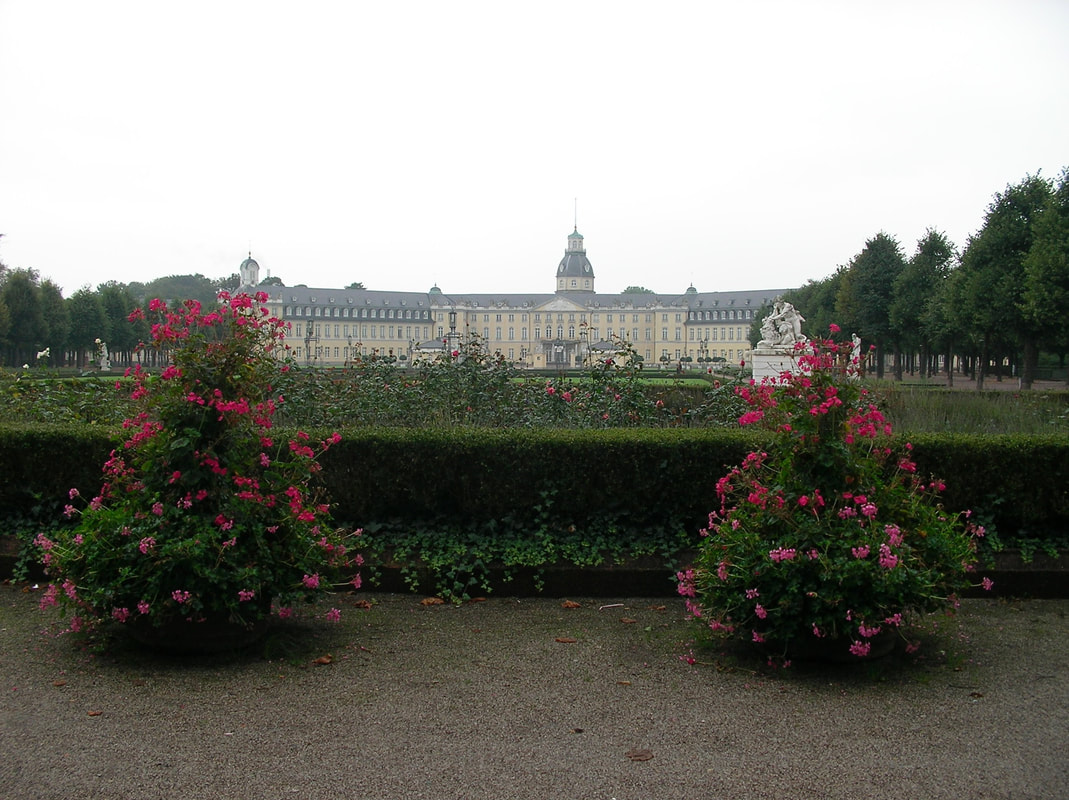
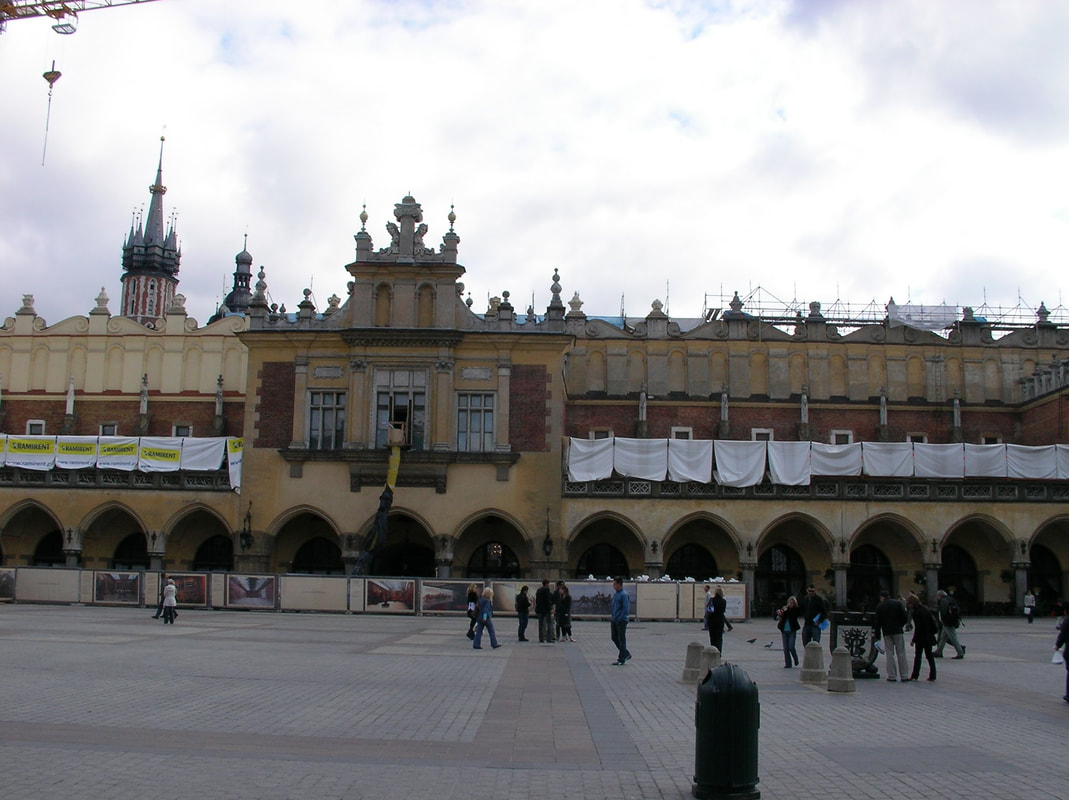
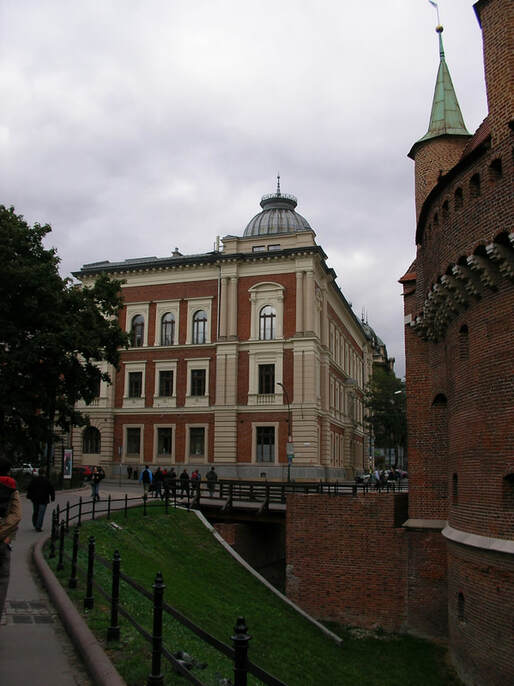
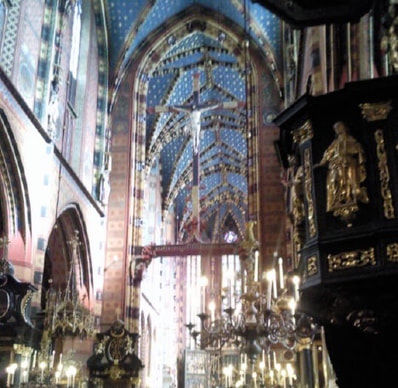
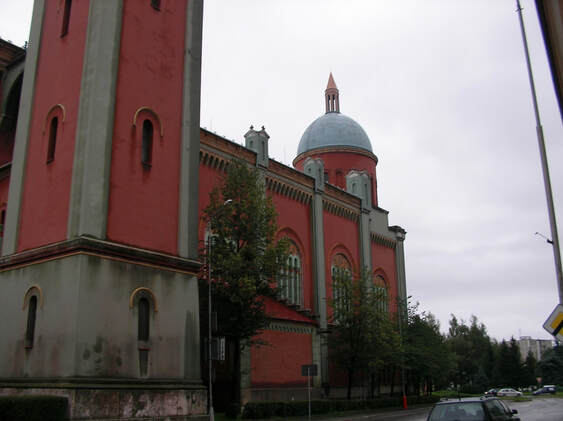
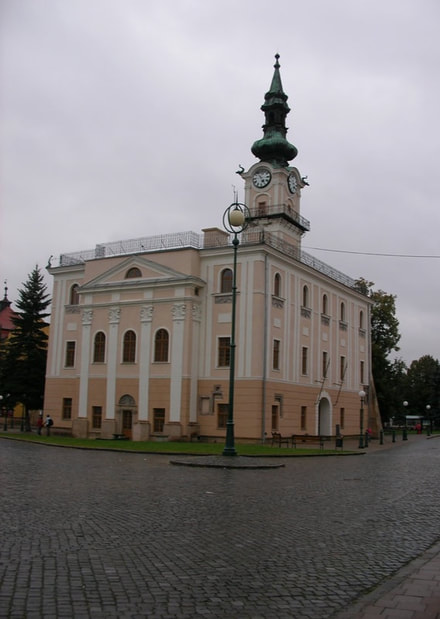
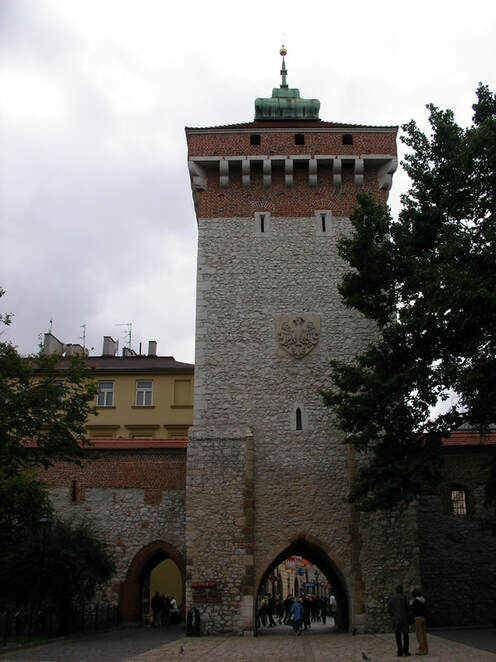
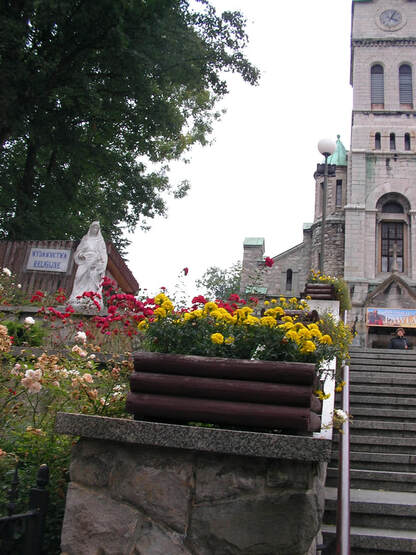
 RSS Feed
RSS Feed